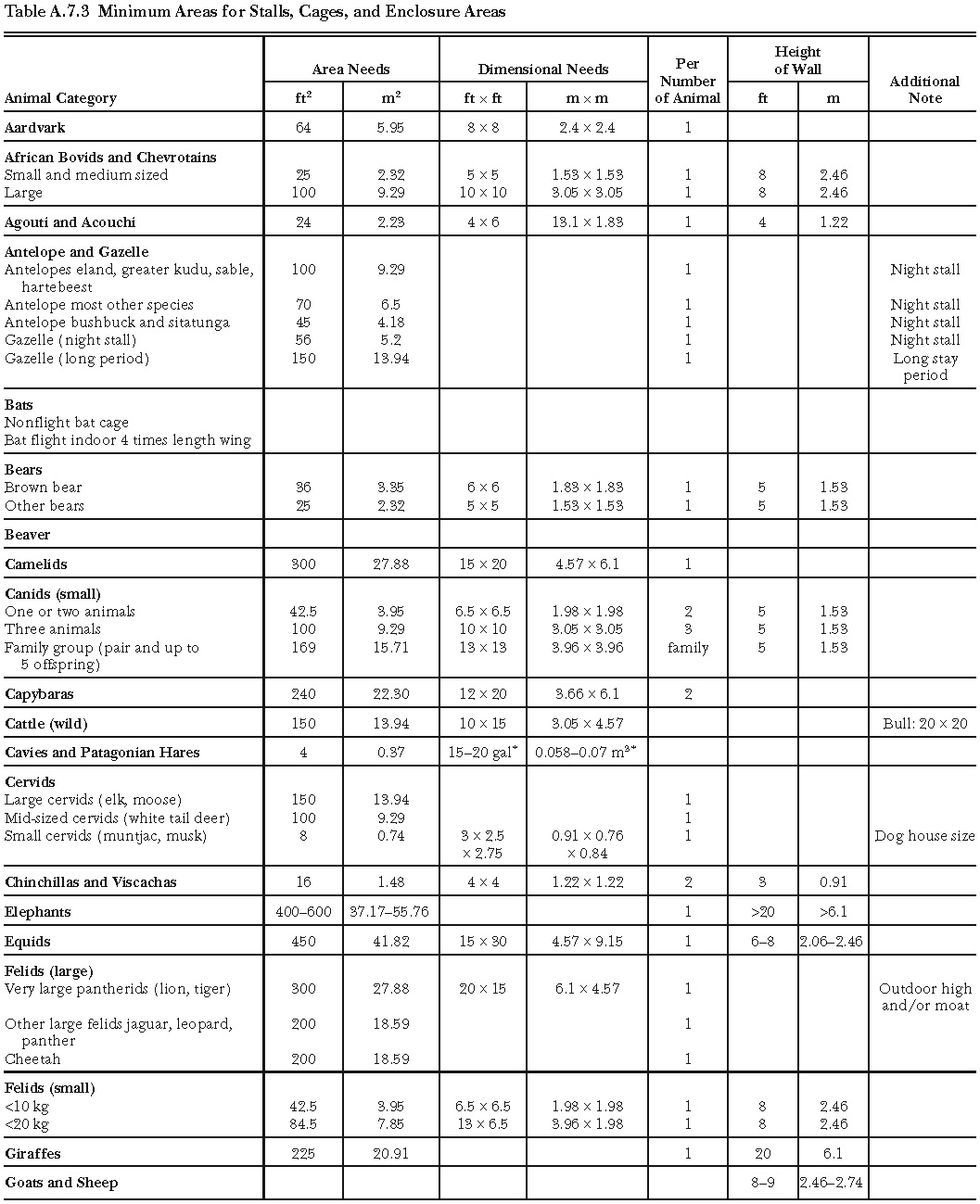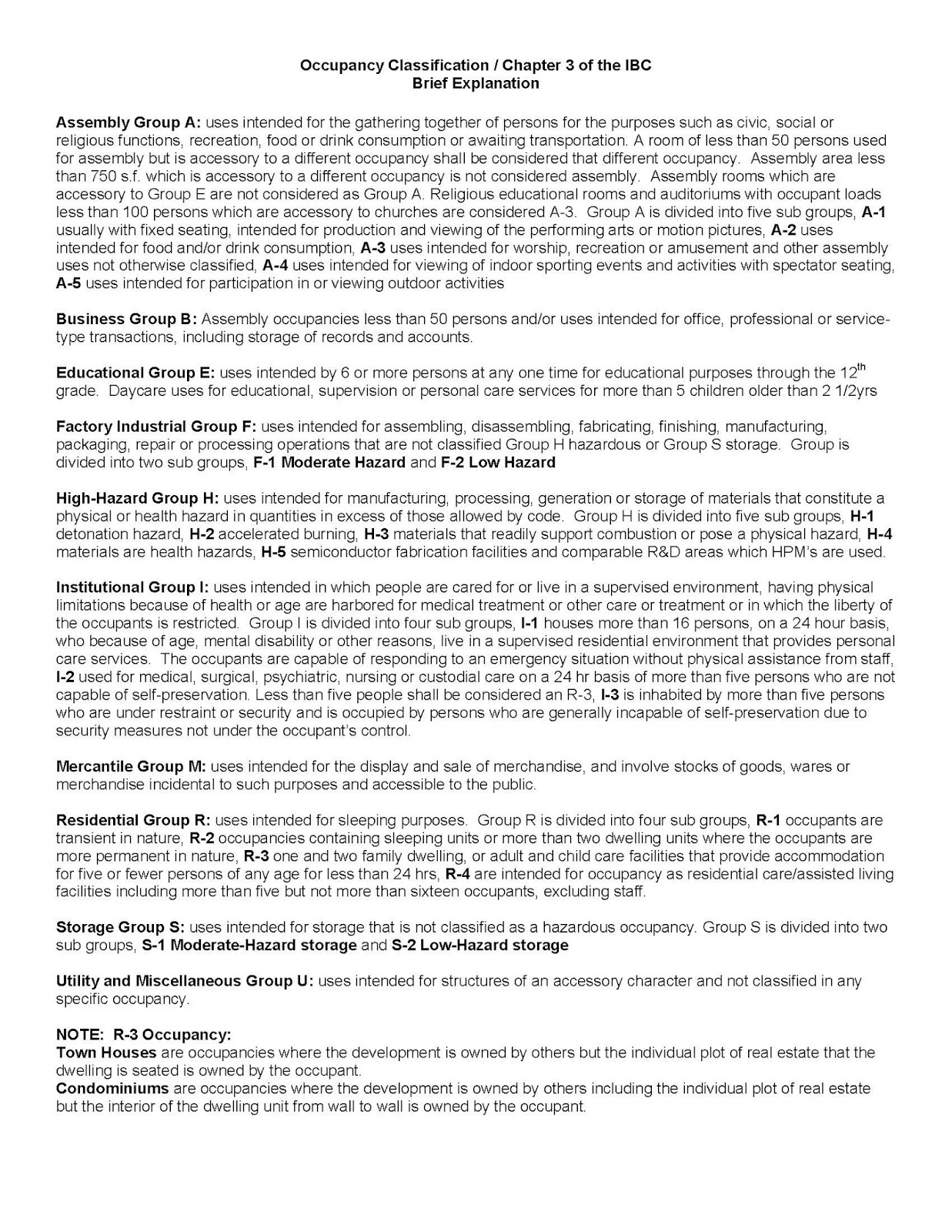Ever wondered how buildings are classified and what it means for you? Building Code Occupancy Classification is a system that categorizes buildings based on their intended use, and it has a significant impact on everything from the design of the building to the safety regulations that apply to it. In this blog post, we’ll explore the ins and outs of Building Code Occupancy Classification and provide tips on how to ensure that your building is compliant.
When it comes to designing and constructing a building, there are a lot of factors to consider. One of the most fundamental is the building’s intended use. This is because the intended use of a building will determine a number of important factors, such as the size of the building, the number of occupants, and the types of activities that will be taking place inside. Building Code Occupancy Classification is a system that helps to ensure that buildings are designed and constructed in a way that is appropriate for their intended use.
The Building Code Occupancy Classification system is based on the International Building Code (IBC), which is a model code that is used by many states and municipalities in the United States. The IBC classifies buildings into 16 different occupancy classifications, each of which has its own specific requirements. These requirements cover a wide range of topics, including structural design, fire safety, and accessibility.

Buy 2021 International Building Code (IBC) Quick-Card Online at – Source www.desertcart.lk
Building Code Occupancy Classification: What’s the Point?
The Building Code Occupancy Classification system is designed to protect the health and safety of building occupants. By ensuring that buildings are designed and constructed in a way that is appropriate for their intended use, the IBC helps to reduce the risk of accidents, injuries, and deaths. Building Code Occupancy Classification is also important for insurance purposes. Insurance companies use the IBC to determine the risk associated with a particular building, which in turn affects the cost of insurance premiums.
In addition to protecting the health and safety of building occupants, the Building Code Occupancy Classification system also helps to ensure that buildings are energy efficient and environmentally friendly. By classifying buildings based on their intended use, the IBC helps to ensure that buildings are designed and constructed in a way that minimizes energy consumption and environmental impact.

MAP Strategies – Meet R-5, the new, Chicago-only building code – Source www.map-strategies.com
Building Code Occupancy Classification: A Personal Experience
A few years ago, I was involved in the design of a new office building. The building was intended to house a variety of different tenants, including a law firm, an accounting firm, and a software company. As part of the design process, we had to determine the Building Code Occupancy Classification for the building. This was a critical decision, as it would affect the design of the building in a number of ways.
After carefully considering the intended use of the building, we determined that the most appropriate Building Code Occupancy Classification was “Business.” This classification is for buildings that are used for commercial purposes, such as offices, retail stores, and banks. The “Business” classification has a number of specific requirements, including requirements for structural design, fire safety, and accessibility.

The Interplay Between Zoning Uses and Building Code Occupancy – Source wpl-legal.com
Building Code Occupancy Classification: A Deeper Dive
The Building Code Occupancy Classification system is a complex and detailed system. There are a number of factors that must be considered when determining the Building Code Occupancy Classification for a particular building. These factors include:
- The intended use of the building
- The number of occupants
- The types of activities that will be taking place inside the building
- The size of the building
- The construction type of the building

Definition: Building Classification | Firewize – Source firewize.com.au
Building Code Occupancy Classification: Myths and Legends
There are a number of myths and legends surrounding the Building Code Occupancy Classification system. One common myth is that the IBC is a one-size-fits-all code that applies to all buildings. This is not true. The IBC is a model code that is intended to be adopted and amended by local jurisdictions. This means that the requirements for Building Code Occupancy Classification can vary from one jurisdiction to another.
Another common myth is that the Building Code Occupancy Classification system is only for new buildings. This is also not true. The IBC applies to all buildings, regardless of their age. If you are planning to renovate or remodel an existing building, you will need to ensure that the building complies with the current Building Code Occupancy Classification requirements.

December 2013 – Page 28 – Security sistems – Source saroptstroy.ru
Building Code Occupancy Classification: The Hidden Secrets
There are a number of hidden secrets to the Building Code Occupancy Classification system. One secret is that the IBC allows for mixed-use buildings. This means that a single building can have multiple Building Code Occupancy Classifications. For example, a building could have a “Business” classification on the first floor and a “Residential” classification on the upper floors.
Another secret is that the IBC allows for special occupancies. Special occupancies are buildings that have unique characteristics that require special design and construction features. Examples of special occupancies include hospitals, schools, and theaters.

Types Of Building According To Construction Design – Design Talk – Source design.udlvirtual.edu.pe
Building Code Occupancy Classification: Recommendations
If you are planning to design or construct a new building, it is important to understand the Building Code Occupancy Classification system. By ensuring that your building is designed and constructed in accordance with the IBC, you can help to protect the health and safety of building occupants. You can also help to reduce the risk of accidents, injuries, and deaths.
Here are a few recommendations for ensuring that your building complies with the Building Code Occupancy Classification system:
- Work with a qualified architect or engineer who is familiar with the IBC.
- Obtain a building permit from your local jurisdiction before starting construction.
- Have your building inspected by a qualified inspector to ensure that it complies with the IBC.
[Solved] Refer to International Building Code Table 1004.1.2, “Maximum – Source www.coursehero.com
Building Code Occupancy Classification: Related Keywords
In addition to Building Code Occupancy Classification, there are a number of other related keywords that you may find useful. These keywords include:
- International Building Code
- Occupancy Classification
- Building Code
- Building Safety
- Fire Safety
These keywords will help you to find more information about Building Code Occupancy Classification and related topics.
Building Code Occupancy Classification: Tips
Here are a few tips for understanding Building Code Occupancy Classification:
- Start by familiarizing yourself with the IBC. The IBC is a complex document, but it is essential reading for anyone who is involved in the design or construction of buildings.
- Attend a Building Code Occupancy Classification training course. These courses are offered by a variety of organizations, including the International Code Council and the National Fire Protection Association.
- Consult with a qualified architect or engineer who is familiar with the IBC. These professionals can help you to determine the Building Code Occupancy Classification for your building and ensure that it complies with all applicable requirements.

Modular Solutions, Ltd: The Experts on Prefabricated Buildings: What – Source modularsolutions.blogspot.com
Building Code Occupancy Classification: In More Detail
The Building Code Occupancy Classification system is a complex and detailed system. It is important to understand the system in order to ensure that your building is designed and constructed in accordance with the IBC. If you have any questions about the Building Code Occupancy Classification system, please consult with a qualified architect or engineer.
Building Code Occupancy Classification: Fun Facts
Here are a few fun facts about Building Code Occupancy Classification:
- The first Building Code Occupancy Classification system was developed in the early 1900s.
- The IBC is updated every three years.
- The IBC is used by more than 50 countries around the world.

How to Calculate Occupant Load | Explained with Examples – Source buildingcodetrainer.com
Building Code Occupancy Classification: How To
If you are planning to design or construct a new building, it is important to understand how to determine the Building Code Occupancy Classification for your building. The first step is to identify the intended use of the building. Once you know the intended use of the building, you can refer to the IBC to determine the Building Code Occupancy Classification. The IBC provides a table that lists the different Building Code Occupancy Classifications and their corresponding requirements.
Once you have determined the Building Code Occupancy Classification for your building, you can begin to design and construct the building in accordance with the IBC requirements. It is important to work with a qualified architect or engineer who is familiar with the IBC to ensure that your building is designed and constructed in a safe and compliant manner.

Speaking in Code – IBC Risk Category Table – F&R – Source www.fandr.com
Building Code Occupancy Classification: What If
What if you are not sure what the Building Code Occupancy Classification is for your building? The best thing to do is to contact your local building department. The building department will be able to help you to determine the Building Code Occupancy Classification for your building and ensure that it complies with all applicable requirements.
It is important to note that the Building Code Occupancy Classification system is constantly being updated. This is because the IBC is updated every three years to reflect the latest changes in building codes and construction practices. It is important to stay up-to-date on the latest changes to the IBC to